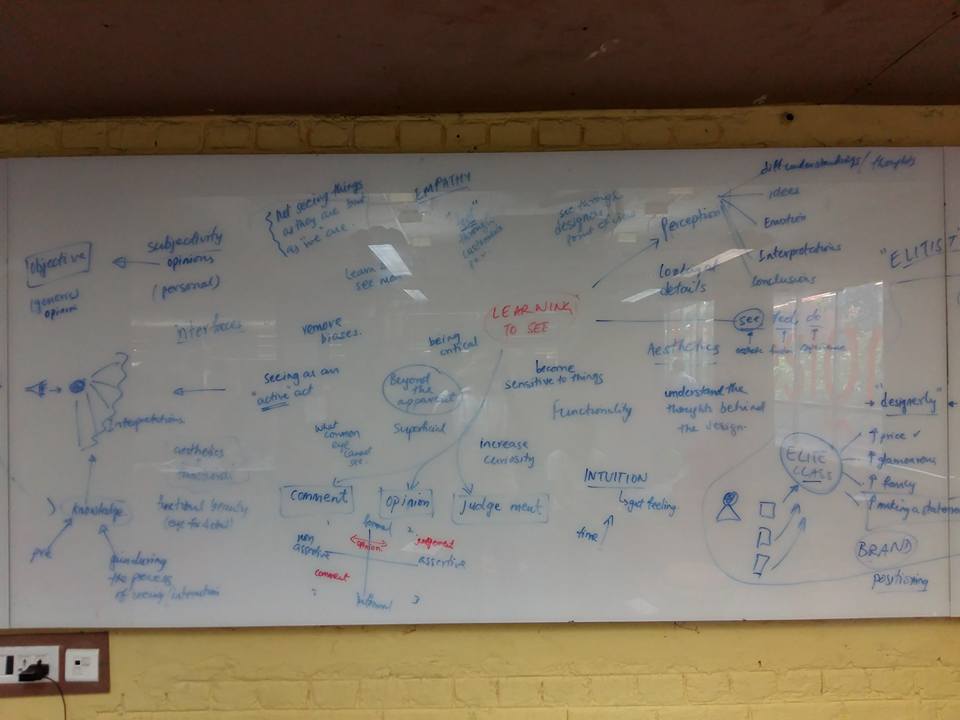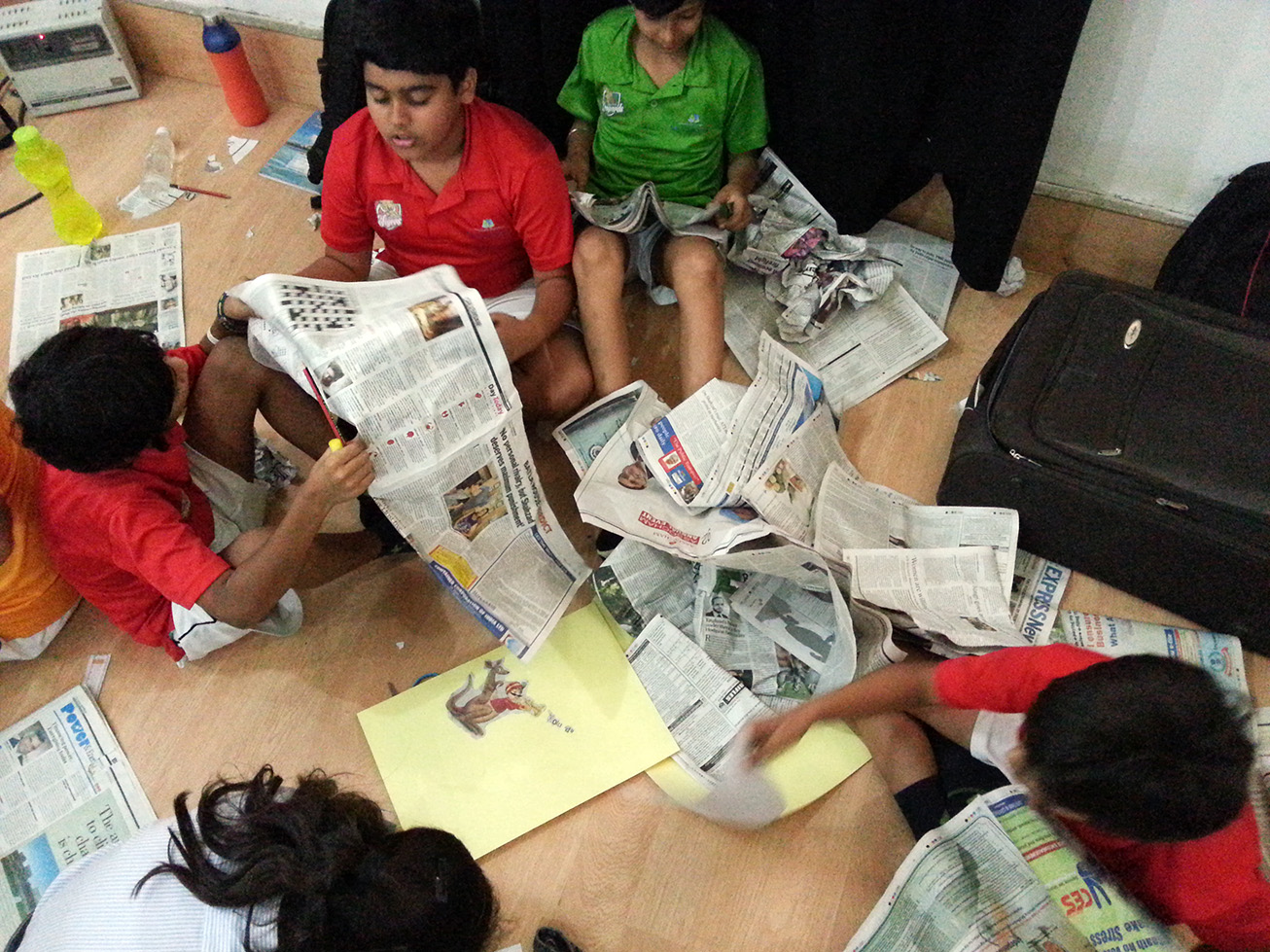I have been involved in teaching for quite some time now across people of different age group. There are a lot of challenges in this. Some which I had expected, some which I had not. Over the past few weeks, I have been making notes about what my observations are and the challenges that we are facing.
Almost every student in class 11-12 or college these days have a smartphone. The ones who think that attending classes are not necessary because eventually the faculty will give the presentation and that they could just learn by going through it. Or worse still, you can find everything on the Internet so why bother. While the availability of information is something I can agree upon, the role of the teacher is something that the students do not value. [It’s a different matter that the teachers also have to change their style of teaching often.]
This audience is very difficult to motivate.
Here are some of the things I have done for making the classes interesting. I would love to hear more from people adopting interesting methods to engage with students better.
- Non-dependency on powerpoints
I remove the one thing on which they have become dependent on. I stopped using powerpoints, unless extremely necessary. Got back to the whiteboard / Blackboard. This has resulted in students being better engaged in discussions. While using ppts, even the faculty end up seeing / reading from the slides, and your attention on the student is also lost. The challenge on this is that the faculty has to be engaging enough. - Adopting a flipped classroom approach to encourage discussions
I adopted the flipped classroom approach by providing readings and references before the class and use the classrooms as a discussion platform. I am yet to get all the students to read often, but I think pre-readings are a good way for the class to be prepared on what to expect. - Creating Sketchnotes
During the classes, I use the board to create sketch-notes of the class. I insist the class not to take notes but participate in the discussions. Encourage the students to express their views, and then ask the other people in the class to agree or disagree with someone’s viewpoint. At times, I am just playing moderator. I guess the experience with panel discussions helps in this. The students need to be able to provide their viewpoints. - Sharing information on common platform that they use
The sketch-notes and other interesting links, references are then shared regularly on a common platform that is used for the students to discuss the happenings in the school. Currently, we use a Closed Facebook group. Often asking the students to access a new Learning Management System does not work, for it is considered a burdensome task. This often leads to all the discussion points and concepts discussed and people learning through better engagement. - Encouraging students to write
Students are required to write reflective pieces on the readings they do, the places they visit, the movies they see, the guest lectures they attend. This is easier said than done. Since our education system does not encourage writing regularly, it is often a challenge to ask students to write. I encourage students to write more to help them in restructuring their thoughts.

Here is a screenshot from our collaborative class blog. Do check out the writings done by the students. Design @ TDV.

I would love to hear from you on how you are working to #MakeTeachingAwesome #MakeLearningAwesome !

